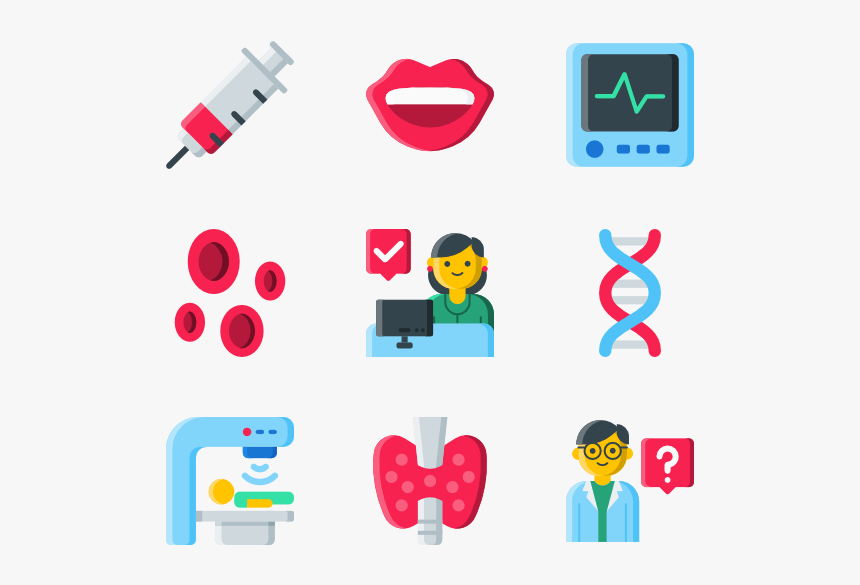Managing Chronic Pain in Older Adults: A Holistic Approach to Enhanced Comfort
Chronic pain significantly impacts the quality of life for older adults, demanding comprehensive and effective management strategies. This article explores a multi-faceted approach to alleviate discomfort and improve overall well-being in this population.
Understanding the Individual's Pain Experience: Before implementing any pain management plan, a thorough assessment of the individual's pain is paramount. This includes understanding the intensity, type, location, and duration of pain, as well as any contributing factors. This personalized approach ensures the most effective treatment strategy.
The Power of Movement: Regular Exercise and Physical Activity: Low-impact exercises, such as walking, swimming, or gentle water aerobics, offer significant benefits. These activities improve flexibility, strength, and endurance, while simultaneously releasing endorphins – the body's natural pain relievers. It's crucial to start slowly and gradually increase intensity, always prioritizing safety and avoiding activities that exacerbate pain.
Nourishing the Body: Optimal Nutrition and Hydration: A balanced diet rich in fruits, vegetables, whole grains, and lean proteins is essential. This supports overall health and reduces inflammation, a key contributor to chronic pain. Adequate hydration is equally critical, as dehydration can intensify pain symptoms.
Calming the Mind: Relaxation Techniques for Pain Management: Stress and anxiety often exacerbate pain. Incorporating relaxation techniques like deep breathing exercises, meditation, yoga, or even progressive muscle relaxation can significantly reduce pain perception and improve overall well-being. Guided imagery and mindfulness practices can also be highly beneficial.
Harnessing the Power of Temperature: Heat and Cold Therapies: Both heat and cold therapies can provide relief. Heat therapy, such as warm compresses or baths, relaxes muscles and increases blood flow, easing pain. Cold therapy, like ice packs, reduces inflammation and numbs painful areas. The optimal choice depends on the individual's pain and preferences.
Medication Management: Responsible Pain Medication Use: Pain medications can play a vital role in managing chronic pain. However, it’s crucial for healthcare professionals to clearly explain the proper usage, potential side effects, and risks associated with each medication. Open communication and careful monitoring are essential to ensure safe and effective use.
Exploring Alternative Avenues: Alternative and Complementary Therapies: Alternative therapies such as acupuncture, massage therapy, or chiropractic care can offer additional relief. These methods should be explored in conjunction with other strategies, and their effectiveness may vary significantly between individuals. Always ensure these practices are administered by qualified and licensed professionals.
Improving Mobility: Assistive Devices for Enhanced Comfort: Assistive devices like canes, walkers, or adaptive equipment can significantly improve mobility and reduce strain on joints and muscles. A thorough assessment of the individual's needs ensures the selection of appropriate devices that enhance comfort and independence.
Creating a Supportive Environment: Home Modifications and Comfort Measures: Adapting the home environment to reduce fall risks, eliminate clutter, and promote relaxation is vital. This includes installing grab bars, improving lighting, and creating a calm and restful atmosphere. A supportive home environment significantly contributes to pain management.
Empowering Self-Management: Educating and Empowering Individuals: Equipping older adults with self-management skills is essential. Teaching techniques like activity pacing, goal setting, and using pain diaries empowers them to actively participate in their treatment and maintain a sense of control.
The Importance of Connection: Social Support Networks and Community Engagement: Strong social support significantly impacts pain management. Encouraging participation in support groups, connecting with loved ones, and engaging in enjoyable activities reduces feelings of isolation and improves overall well-being.
Addressing Mental Health: Integrating Mental Health Support: Chronic pain often leads to mental health challenges like anxiety, depression, and isolation. Integrating mental health support, such as therapy or counseling, into the pain management plan is crucial for addressing these co-occurring issues.
Staying Current: Continuous Professional Development: The field of pain management is constantly evolving. Healthcare professionals should stay abreast of the latest research, techniques, and treatment modalities to provide the most effective care.
Teamwork Makes the Dream Work: Collaborative Care Models: Effective chronic pain management often requires a collaborative approach involving physicians, physical therapists, occupational therapists, psychologists, and other healthcare professionals. A multidisciplinary team ensures a holistic and comprehensive plan.
Continuous Assessment and Adjustment: Regular Evaluation and Plan Modification: Regular reassessment of the pain management plan is vital. This allows for adjustments based on the individual's progress, changes in pain levels, or the emergence of new challenges. Open communication with the patient is crucial for ongoing success.
Conclusion: A Path Towards Improved Quality of Life: Managing chronic pain in older adults necessitates a holistic and personalized approach. By integrating various strategies, healthcare professionals can significantly improve comfort, mobility, and overall quality of life. Remember to always consult with a healthcare professional for personalized advice and treatment plans.
```




